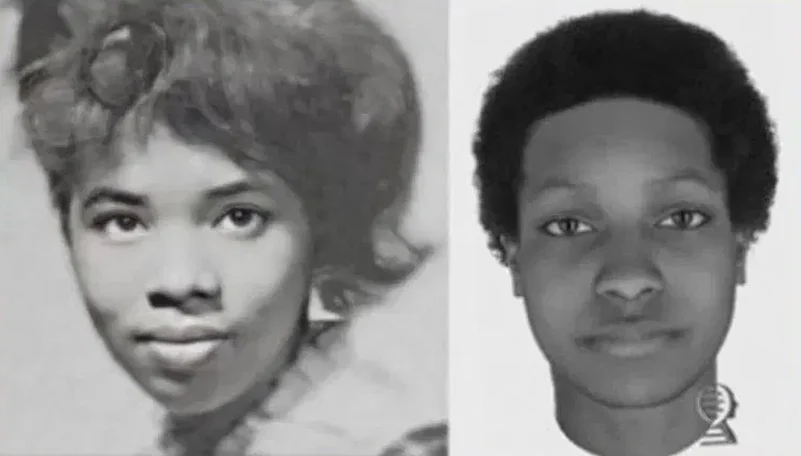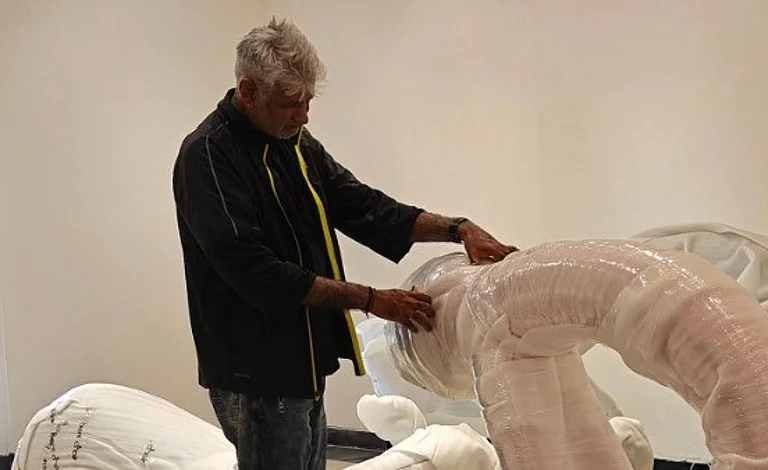The mysterious disappearance of Sandra Young, a high school student from Portland, Oregon, in 1968 or 1969, has finally found closure as her remains, discovered over 50 years ago, have been identified through advanced DNA technology, Oregon State Police announced Thursday.
Dr. Nici Vance, Human Identification Program Coordinator at the Oregon State Medical Examiner’s Office, expressed the significance of this breakthrough, stating, “Sandra Young has now regained her identity after 54 years,” in a news release.
The identification was made possible through the meticulous efforts and collaboration between family members, law enforcement, the medical examiner's staff, and DNA analysis company Parabon NanoLabs.
Young's skeletal remains were first discovered by a Boy Scout troop leader on February 23, 1970, on Sauvie Island in the Columbia River, approximately 10 miles north of Portland. Initial investigations suggested trauma to her body, pointing to potential foul play, yet the circumstances surrounding her disappearance remained shrouded in mystery.
Despite efforts to identify her at the time, it wasn't until 2004 that Young's remains, along with over 100 others, were moved to the state medical examiner facility in suburban Portland. Initial attempts to match DNA samples from the remains with known profiles yielded no results.
However, advancements in DNA technology, coupled with a grant awarded to the Oregon State Police Medical Examiner’s Office in 2018, paved the way for a breakthrough. In 2021, Parabon NanoLabs utilized cutting-edge techniques to generate a prediction of Young’s facial characteristics, offering a potential visual representation.
The turning point came in 2023 when a distant family member of Young uploaded their DNA to the genetic genealogy database GEDMatch, triggering a series of matches and the development of family trees. This revelation prompted Young's sister to provide a DNA sample and engage with a Portland police detective, leading to the conclusive confirmation of the remains belonging to Sandra Young.
While this case underscores the potential of genetic genealogy in solving cold cases, authorities highlighted the substantial cost associated with such endeavors, which can amount to $10,000 per case.


























